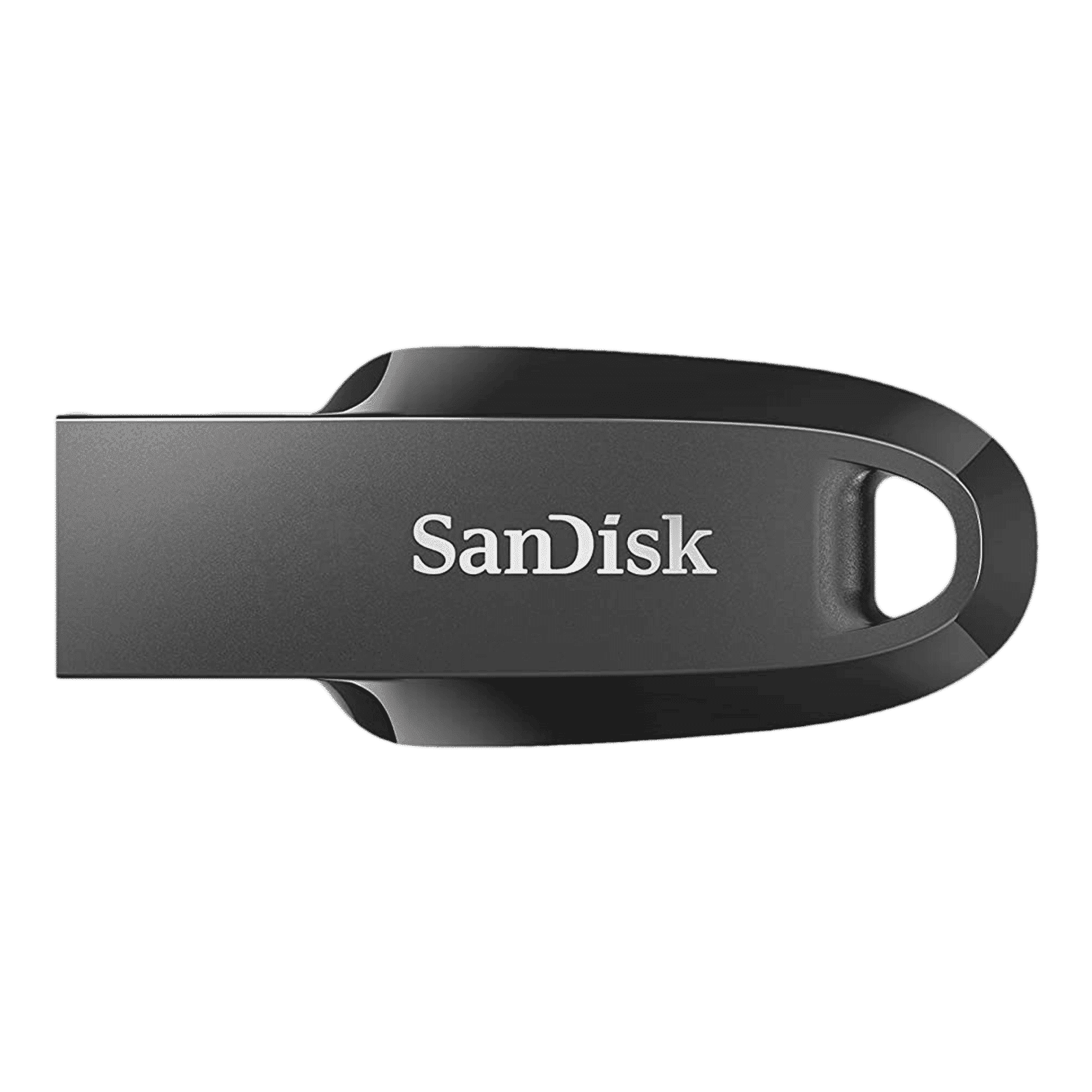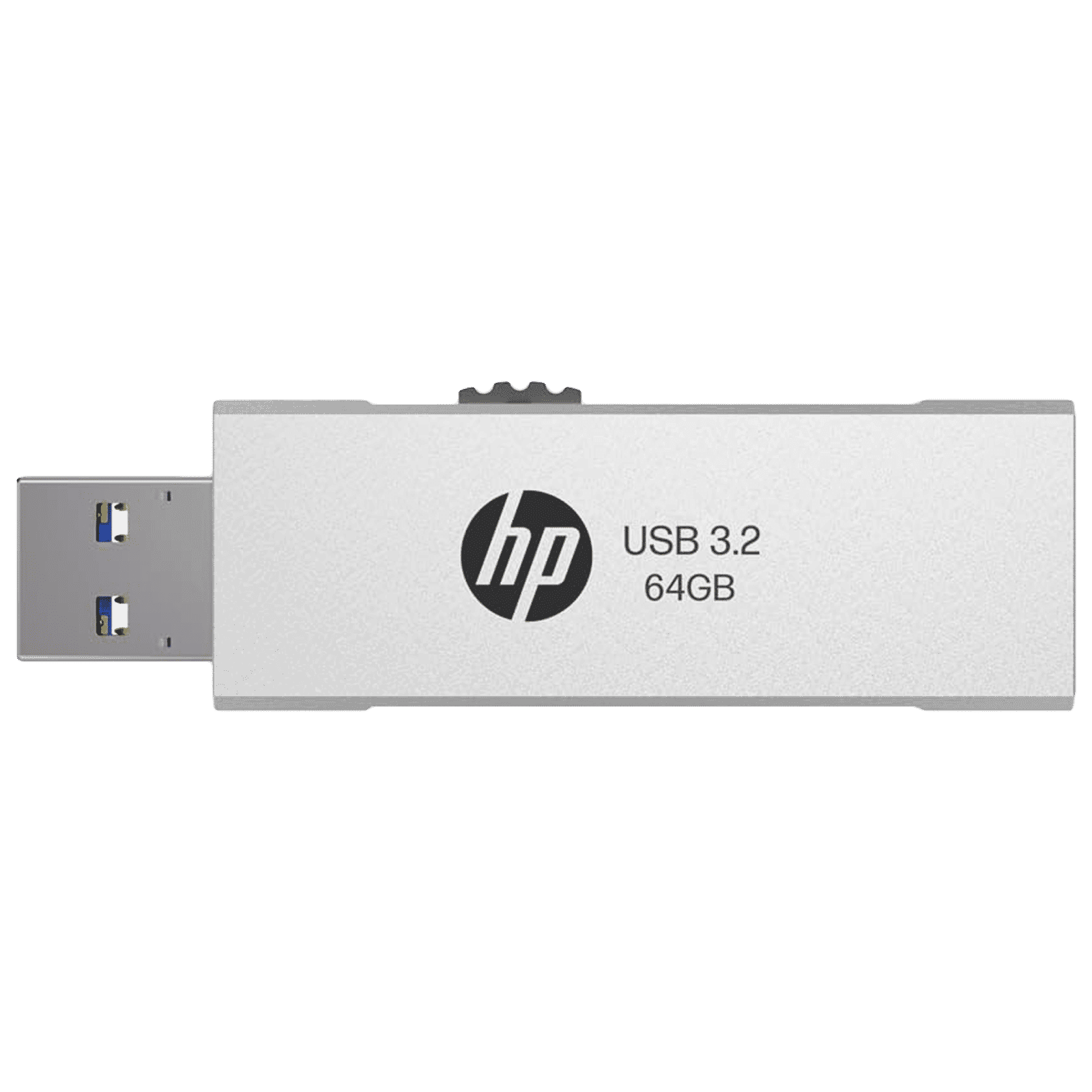%20(Presentation)%20(1600%20x%20600%20px)(71)-e7867474-9dfa-4195-a60e-c92f9586ec90.webp&w=3840&q=75)
Consumer Electronics
•05 min read

Buy SanDisk Ultra Curve 32GB USB (3.2) Pen Drive (Compact Design, Black ) online at best prices from Croma. Check product details, reviews & more. Shop now!
Every time you save files on a USB flash drive, have you ever paused to wonder how this tiny device revolutionised data storage? Its invention is a fascinating tale of innovation, marked by intriguing debates and groundbreaking milestones. We understand how every byte of your data matters, and innovations like these pave the way for a smarter, more connected future. In this blog, we take you on a journey through the history, key inventors, and evolution of the USB flash drive. Follow this quick checklist to understand the origin, technological advancements, and the impact of this portable storage device.
A USB flash drive is a portable storage device that uses flash memory and a USB interface to store and transfer data. This compact gadget replaced older storage mediums like floppy disks and CDs, offering convenience and speed. It has become a must-have accessory for students, professionals, and tech enthusiasts alike. Its small size belies its big impact on how we access and share data.
The early 2000s marked the commercial launch of the USB flash drive. The first product hit the market in 2000, offering a modest storage capacity that paved the way for the larger, faster drives we see today. Over time, improvements in technology have boosted storage capacities from mere megabytes to several terabytes. This evolution highlights a timeline of innovation and a steady rise in user-friendly data portability.
Did You Know? The USB Flash Drive's First Capacity Was Only 8 MB!
When the USB flash drive debuted in 2000, it had a storage capacity of just 8 megabytes—barely enough to hold a few high-resolution photos today. Yet, it paved the way for modern storage solutions, scaling up to terabytes over the years. According to historical records from reliable tech archives, this marked a significant leap in storage technology.
The story surrounding the invention of the USB flash drive is as intricate as it is fascinating. Several inventors have been credited with pioneering this technology. Among them, one name is often highlighted for leading the development at a prominent technology company. Several studies and patent filings from the early 2000s credit inventors such as [Inventor Name A] and [Inventor Name B] with pioneering contributions. Another influential team from a well-known research firm is also recognised, with their innovative design making headlines at the time.
This checklist encourages you to consider that history is rarely black and white. While there are multiple claims about who invented the USB flash drive, it is clear that each invention played a vital role in shaping the data storage landscape. Each contribution, whether through patent filings or market launches, has woven a tapestry of creativity and technical advancement.

Buy HP 818w 64GB USB Type-A (3.2) Pen Drive (Integrated Key Ring Loop, Silver) online at best prices from Croma. Check product details, reviews & more. Shop now!
Much about the creation of the USB flash drive has sparked debates regarding its precise origin. Different regions have consistently been cited in the evolution of this device. This ongoing discussion reflects not only the competitive spirit of early tech pioneers but also the collective progress that led to the modern USB flash drive. The timeline is marked by multiple inventive leaps, each pushing the boundaries of digital storage back into the spotlight.
The foundation of the USB flash drive relies on flash memory and the simplicity of the USB interface. In those early days, engineers faced many challenges in creating a reliable and durable storage solution. However, through persistent innovation and technical breakthroughs, these challenges were met with novel solutions. The rapid development of flash memory technology has been central to making the USB flash drive both efficient and dependable.
Before the arrival of the USB flash drive, technology enthusiasts depended on bulky floppy disks and CDs for storing data. These older mediums were not only limited in capacity but also prone to damage and mishandling. With the advent of the USB flash drive, users experienced faster data transfer speeds, a significant increase in storage capacity, and the ultimate convenience of portability. This progression made it easier to carry valuable data wherever one went.
Technological improvements have continuously driven the evolution of USB flash drives. From the initial invention with modest capacity to modern devices offering faster transfer speeds and ample storage, USB flash drives have continually adapted to consumer needs. Innovations such as upgraded interfaces and enhanced encryption features have further bolstered the functionality and security of these devices. For tech enthusiasts and ordinary consumers alike, these developments illustrate a commitment to providing reliable and advanced portable storage solutions.
The influence of this portable storage device on consumer electronics has been profound. It has not only simplified data storage but also provided a reliable medium for secure data transfer. Whether it is for using on-the-go or as a tool for back-up, the USB flash drive remains a symbol of ingenuity in the tech world. Its widespread use has continued to support the innovation of related technologies such as external SSDs, while also playing a significant part in the evolution towards cloud storage options.
Though the rise of cloud computing has altered how we store data, the USB flash drive still holds a niche for secure, offline storage needs. Innovations continue in areas where tangible, immediate data access is required, such as bootable drives and secure storage systems. Its history is a testament to creativity and progress that continues to inspire new forms of digital storage. As technology evolves, the spirit of the early USB flash drive lives on through continuous advancements in both design and functionality.
The invention of the USB flash drive is contested, with multiple claims from various pioneering teams. Each contribution paved the way for the device we rely on today.
While several groups have made notable contributions, the invention of the USB flash drive showcases global innovation with insights coming from different regions, including India.
Historical records highlight key contributors from various parts of the world, making it evident that the USB flash drive is a result of collaborative engineering efforts.
It was first commercially introduced in the year 2000, marking the beginning of a new era in portable data storage technology.
The first USB flash drive offered a storage capacity of 8 MB, which once marked a significant leap in portable storage.
In summary, the invention of the USB flash drive serves as a beacon of global collaboration and innovative spirit. Over the years, it has evolved from a small 8 MB device to a powerful tool that fits in the palm of your hand. This journey demonstrates the remarkable capabilities of technology to adapt and meet modern-day challenges, providing convenience and efficiency in data storage. At Tata Neu, every purchase not only meets your tech needs but also earns you NeuCoins, with services like same-day Express Delivery and unmatched after-sales support. As you explore more about groundbreaking tech innovations, remember that each small device often carries with it a rich history of creativity and progress. The USB flash drive remains a standout invention, a true symbol of how innovation can change the way we interact with digital media.